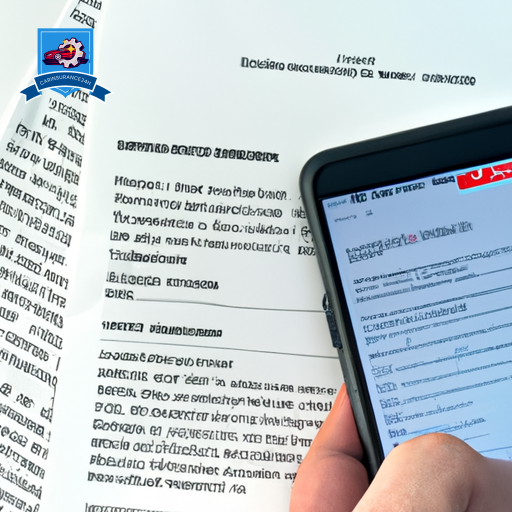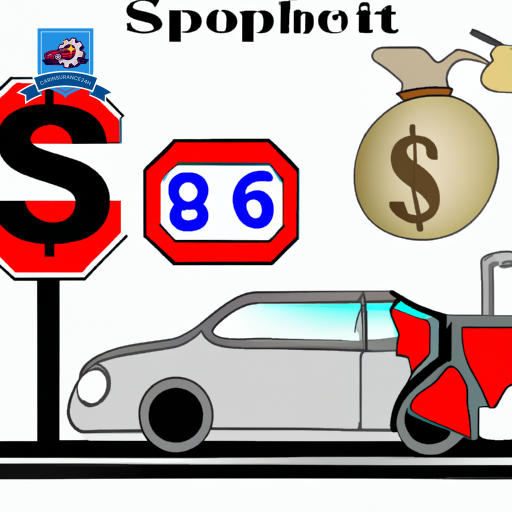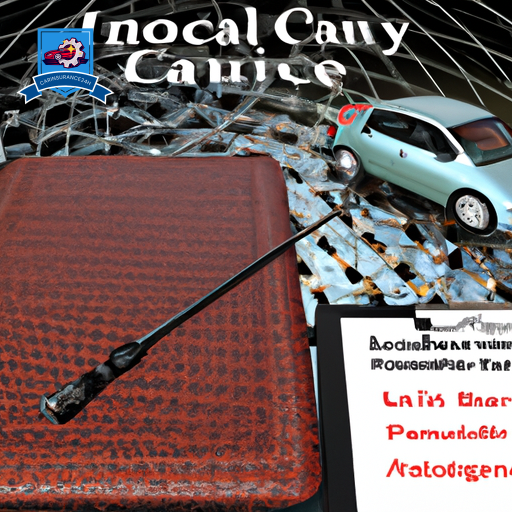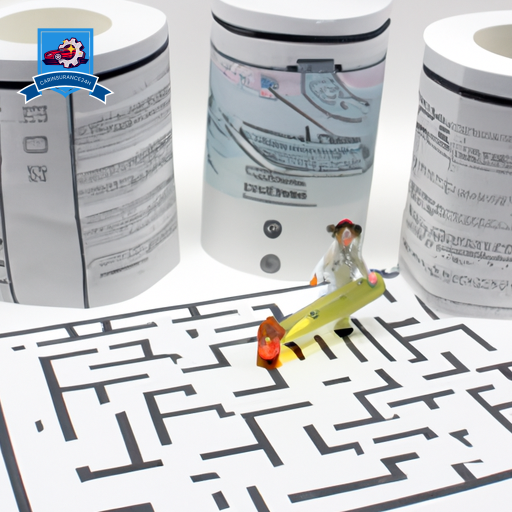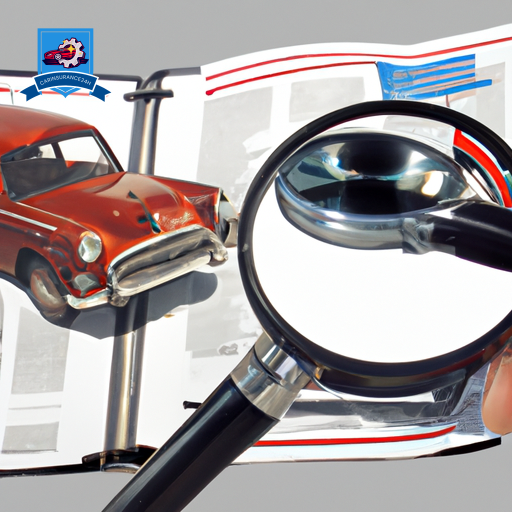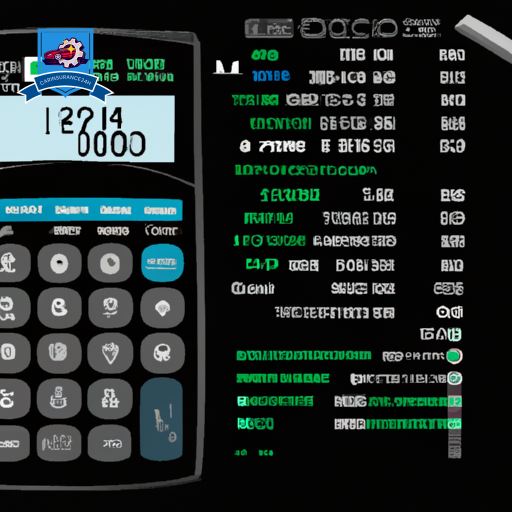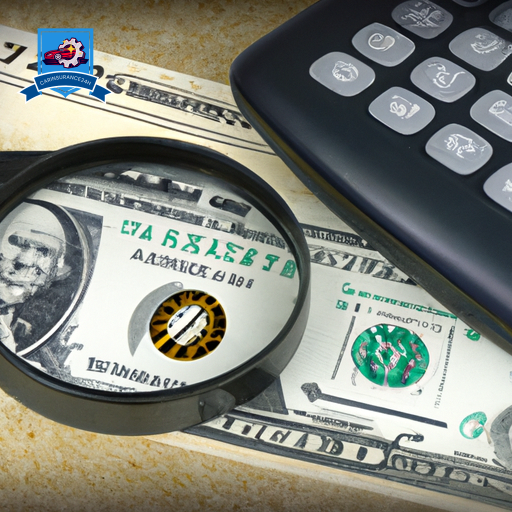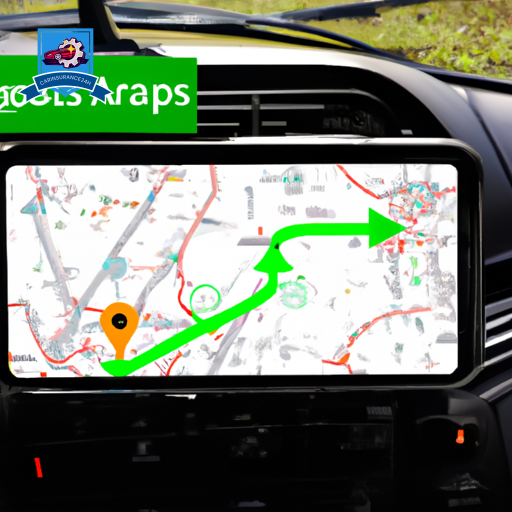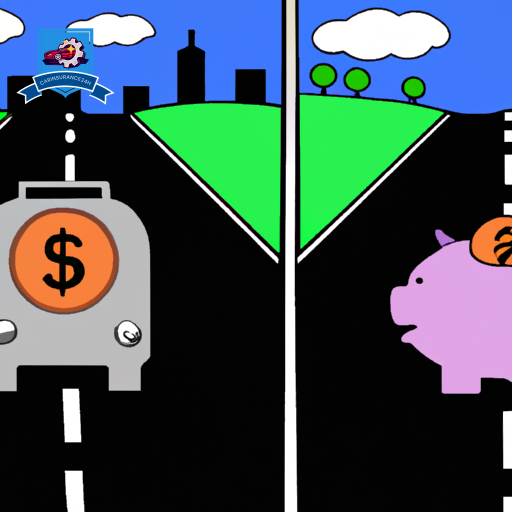In the evolving landscape of auto insurance, pay-per-mile policies have emerged as a significant alternative, promising cost savings for low-mileage drivers while raising questions about their safety and security.
This model, fundamentally reliant on technology for tracking mileage, introduces a complex interplay between convenience and privacy concerns. With the integration of telematics devices, there is an inherent challenge in balancing accurate mileage tracking against potential vulnerabilities to data privacy and security.
As we navigate the intricacies of these policies, it becomes essential to evaluate how insurers address these challenges, ensuring that the benefits do not compromise the security of policyholders’ information.
The discussion on the safety and security of pay-per-mile car insurance invites a closer examination of the measures in place to protect users, setting the stage for a thorough analysis.
Understanding Pay-Per-Mile Insurance
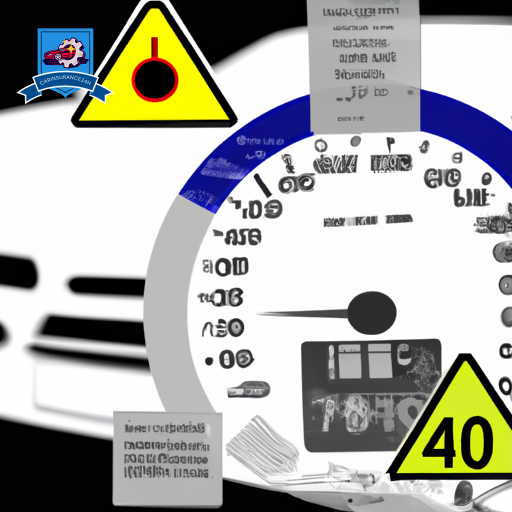
Pay-per-mile insurance, a relatively new entrant in the auto insurance market, charges drivers based solely on the number of miles they drive. This innovative approach offers a stark contrast to traditional auto insurance policies, which often rely on a fixed premium regardless of vehicle usage. The core premise of pay-per-mile insurance lies in its ability to tailor costs to individual driving patterns, presenting significant cost benefits and policy flexibility to consumers.
One of the primary advantages of pay-per-mile insurance is its potential for substantial cost savings. For drivers who use their vehicles sparingly, either due to lifestyle choices or alternative transportation options, pay-per-mile insurance can result in lower annual premiums. This system can allow policyholders to have greater control over their insurance costs, aligning expenses more closely with actual vehicle use. The financial benefits are particularly appealing to low-mileage drivers, who no longer have to subsidize the risk associated with higher-mileage counterparts under traditional insurance models.
The flexibility of pay-per-mile insurance policies is another key benefit. Customers can adjust their coverage based on anticipated vehicle use without committing to a long-term, fixed-cost structure. This adaptability not only provides financial relief but also empowers drivers to make insurance decisions that best suit their changing needs. Consequently, pay-per-mile insurance introduces a level of personalization and control previously unseen in the auto insurance industry, marking a significant shift towards more user-centric insurance models.
The Technology Behind It

Understanding the advantages and flexibility of pay-per-mile insurance naturally leads to an inquiry into the sophisticated technology that supports this innovative model. This system hinges on a seamless blend of hardware and software to accurately track mileage and manage billing, ensuring a fair and transparent process for the user. Here’s a closer look at the main components:
-
Telematics Device: At the heart of pay-per-mile insurance is a small telematics device that users install in their vehicle. This device is vital for tracking the distance driven. The installation process is straightforward, typically plugging into the vehicle’s On-Board Diagnostics (OBD-II) port, which is standard in most cars manufactured after 1996.
-
Connectivity Options: These devices leverage various connectivity options, including cellular networks and GPS technology, to transmit driving data securely to the insurer. This guarantees accurate mileage tracking and allows for the adjustment of insurance premiums in real-time based on the actual distance covered.
-
User Interface: Insurers provide a user-friendly digital interface, often in the form of a mobile app or web portal, where policyholders can monitor their mileage, view their insurance costs, and manage their policy details. This level of accessibility empowers users to stay informed and in control of their insurance expenses.
-
Data Processing and Storage: Behind the scenes, sophisticated algorithms process the collected data to calculate the cost of insurance accurately. Robust security measures are in place to protect this sensitive information, ensuring the privacy and safety of user data.
The technology behind pay-per-mile insurance is designed to offer convenience, accuracy, and security, from the simple installation process to the extensive connectivity options that facilitate real-time data transmission and processing.
Privacy Concerns Addressed
Amid the innovative approach of pay-per-mile insurance, privacy concerns regarding the collection and handling of personal driving data have emerged as a significant point of discussion. As the model relies on the continuous monitoring of a driver’s behavior and mileage, it inherently raises questions about the extent to which such intimate details are safeguarded against misuse. The specter of data breaches looms large, not only because they are a tangible risk in our digital age but also because they have the potential to erode consumer trust in this nascent insurance model.
To address these privacy concerns, it is imperative for pay-per-mile insurance providers to be transparent about their data collection practices. This includes clearly communicating what data is being collected, how it is being used, and who it may be shared with. The distinction between data used for billing purposes and that which might be analyzed for driving habits should be made explicit to guarantee consumers are fully informed.
Additionally, the fear of data breaches is not unfounded, given the high-profile incidents that have impacted various sectors. For pay-per-mile insurance to build and maintain consumer trust, companies must not only adhere to the highest standards of data security but also demonstrate their commitment to protecting personal information. This involves regular audits, employing state-of-the-art encryption methods, and having robust protocols in place to respond to any potential data breaches swiftly.
Security Measures in Place
To ascertain the safety and security of consumer data, pay-per-mile insurance companies implement a variety of robust security measures. These measures are designed to protect sensitive information from unauthorized access, guaranteeing that customers’ privacy is maintained while also safeguarding against potential fraud. The security protocols in place not only aim to prevent data breaches but also assure the integrity and availability of data through meticulous data backup strategies.
Here are key security measures employed by pay-per-mile insurance companies:
-
Encryption: Data encryption is used both in transit and at rest, ensuring that all sensitive information, such as personal details and payment information, is encoded and can only be accessed by authorized personnel. This reduces the risk of data interception by malicious actors.
-
Multi-Factor Authentication (MFA): To further secure access to customer accounts and sensitive data, multi-factor authentication is often required. This adds an additional layer of security by requiring users to verify their identity through multiple verification methods before gaining access.
-
Fraud Prevention Mechanisms: Specialized algorithms and monitoring systems are in place to detect and prevent fraudulent activities. These systems analyze patterns and flag unusual behaviors, helping to mitigate the risk of insurance fraud and unauthorized account access.
-
Regular Data Backup: To assure data integrity and recovery in the event of a system failure or cyberattack, regular data backups are conducted. This ensures that customer information and transaction histories can be restored, maintaining continuity of service without loss of critical data.
Accuracy of Mileage Tracking
The precision of mileage tracking is a critical component in the effectiveness and fairness of pay-per-mile car insurance policies. Ensuring precise measurement is essential not only for billing purposes but also for maintaining the integrity of the insurance model. This accuracy hinges on sophisticated technology and the prevention of mileage fraud and calibration errors, which could otherwise skew premium calculations.
Mileage fraud represents a significant challenge, as individuals may attempt to manipulate data to lower their insurance costs. This dishonesty can be combatted with advanced tracking technologies that are difficult to tamper with. On the other hand, calibration errors are mostly unintentional but can result from technical faults or improper setup of the tracking device. Both issues necessitate rigorous checks and a robust framework for accuracy.
To illustrate, consider the following table that outlines key factors affecting mileage tracking accuracy and their potential solutions:
| Factor | Solution |
|---|---|
| Mileage Fraud | Use encrypted data transmission and tamper-proof devices. |
| Calibration Errors | Regular software updates and device calibration. |
| Technical Glitches | 24/7 technical support and real-time monitoring systems. |
| User Error | Thorough user guides and customer education programs. |
These measures, when effectively implemented, ensure that mileage tracking remains accurate and reliable, thereby safeguarding the interests of both the insurance provider and the policyholder. Accuracy in mileage tracking not only fosters trust but also ensures that pay-per-mile insurance remains a viable and competitive option in the insurance market.
Comparing to Traditional Insurance Policies
Understanding the accuracy of mileage tracking sets the stage for a thorough comparison between pay-per-mile car insurance policies and traditional insurance models. This comparison primarily hinges on two key aspects: cost comparison and coverage flexibility. Both of these factors play a pivotal role in determining which insurance model might be preferable for different types of drivers.
-
Cost Comparison: Pay-per-mile insurance policies inherently offer a cost advantage to low-mileage drivers. The premium for these policies is directly tied to the number of miles driven, meaning that those who drive less, pay less. Contrastingly, traditional insurance policies typically charge a fixed premium, which might not accurately reflect the risk profile of drivers who use their vehicles sparingly. This distinction makes pay-per-mile insurance an economically attractive option for individuals such as remote workers or city dwellers who rely more on public transportation.
-
Coverage Flexibility: Traditional insurance policies offer a one-size-fits-all solution, which might not cater to the unique needs of all drivers. Pay-per-mile insurance, on the other hand, allows for greater customization. Policyholders can adjust their coverage based on their driving habits, potentially leading to more personalized insurance experiences.
-
Predictability vs. Variability: Traditional insurance premiums provide a predictable cost for budgeting but may overcharge low-mileage drivers. Pay-per-mile policies introduce a variable cost component, which can benefit those with fluctuating driving patterns but requires more active management.
-
Risk Assessment: Traditional models assess risk based on historical data and demographic factors, while pay-per-mile policies use actual driving behavior, offering a more accurate risk calculation.
Frequently Asked Questions
How Does Pay-Per-Mile Car Insurance Impact Driving Behavior and Habits Over the Long Term?
Pay-per-mile car insurance encourages more mindful driving habits over time, potentially reducing environmental impact due to less frequent vehicle use. Policy transparency is essential, ensuring users fully understand the terms and implications of their coverage.
Are There Specific Geographic Regions or Demographics That Benefit More Significantly From Pay-Per-Mile Insurance?
Research reveals that urban residents, who typically drive less, notably benefit from pay-per-mile insurance, particularly considering seasonal variations in driving habits. This contrasts with rural inhabitants, whose consistent, longer commutes diminish such advantages.
Can Pay-Per-Mile Insurance Policies Be Customized for Families or Multiple Drivers Under One Policy?
Yes, pay-per-mile insurance policies offer policy flexibility, allowing for customization to accommodate families or multiple drivers under one policy. Coverage options can be tailored to meet the specific needs of each insured individual.
What Happens if the Technology Used to Track Mileage Malfunctions or Reports Incorrect Data?
To sum up, if the technology tracking mileage malfunctions or inaccurately reports data, it raises concerns regarding technical reliability and data privacy. Policyholders should promptly report discrepancies to guarantee accurate billing and maintain data integrity.
How Do Insurance Companies Handle Situations Where the Vehicle Is Used for Business Purposes Under a Pay-Per-Mile Policy?
Insurance companies typically require accurate business classification and assess tax implications when a vehicle is used for business purposes under a pay-per-mile policy, ensuring that coverage reflects the vehicle’s usage accurately and fairly.



